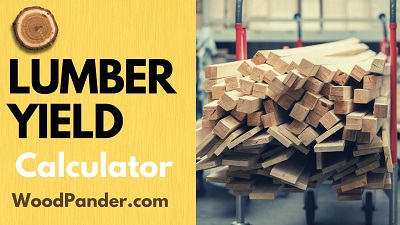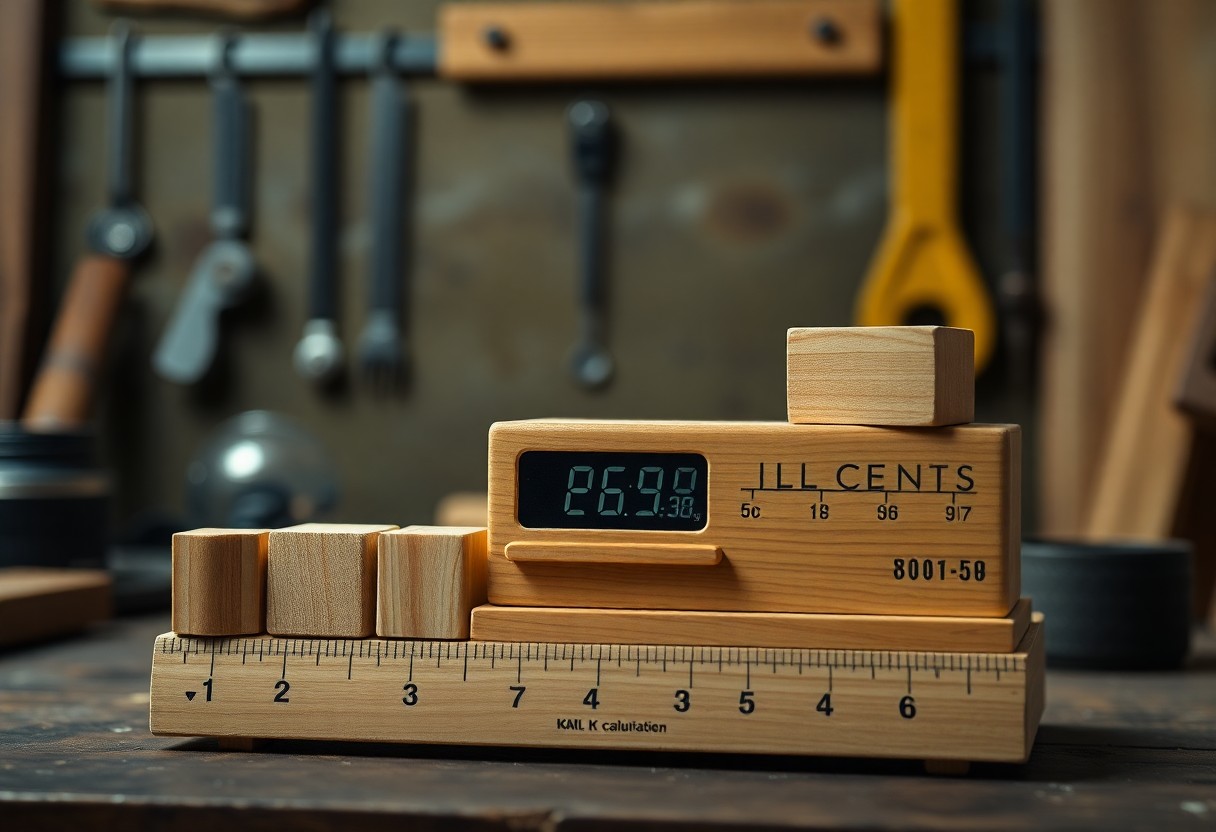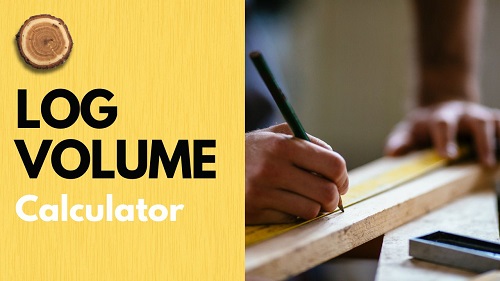Discover the ease of precision with our Log Dovetail Calculator. Designed for log home builders, this tool will help you calculate the precise cuts for your dovetail corners with just a few inputs.
No more guesswork, no more wasted material.
Start using our Log Dovetail Calculator today for accurate and efficient building
| Compatibility | The calculator should be compatible with the log profile and dovetail joint type you plan to use. |
| Measurement Units | The calculator should allow for measurements in both metric and imperial units. |
| Input Fields | The calculator should have input fields for log diameter, length, and taper. |
| Output Fields | The calculator should provide output fields for the required dovetail angle, the depth of the dovetail cut, and the diameter of the cylindrical tenon. |
| Account for Log Shrinkage | The calculator should allow for inputting the expected shrinkage rate of the logs to ensure the best fit for the dovetail joints. |
| Visual Aids | The calculator should provide visual aids, such as diagrams and 3D models, to help visualize the dovetail joints and ensure accuracy. |
| Error Checking | The calculator should include error-checking features to prevent input errors and ensure accurate calculations. |
| User-Friendly | The calculator should be easy to use, with clear instructions and a simple interface. |
| Cost | The calculator should be affordable and provide good value for its price. |
One of our articles –Timber Log Volume Calculator.
What is a Log Dovetail Calculator?
A log dovetail calculator is a digital tool that helps builders create the perfect dovetail joints for their log cabin construction project.
It is a software program that takes into account the size and shape of your logs, the type of dovetail joint you want to use, and other variables to produce accurate measurements and angles for your cuts.
How Does a Log Dovetail Calculator Work?
Most log dovetail calculators work by inputting information about your logs, such as their diameter, taper, and profile. Once you’ve entered this information, the calculator will produce measurements and angles for your cuts, which you can use to create your dovetail joints.
Log dovetail calculators use algorithms and mathematical formulas to generate these calculations, taking into account variables such as log shrinkage, the size of the gap between the logs, and the type of dovetail joint you want to use.
Number of Dovetails:
See Also Log Volume Calculator Tool.
Benefits of Using a Log Dovetail Calculator
Using a log dovetail calculator can save you time and money by producing accurate measurements and angles for your cuts.
It eliminates the guesswork involved in creating dovetail joints and ensures that your joints are structurally sound and aesthetically pleasing.
Additionally, log dovetail calculators can help you create consistent dovetail joints throughout your log cabin, even if you’re using logs with different sizes or shapes.
Tips for Using a Log Dovetail Calculator
While log dovetail calculators are user-friendly, there are some tips you should keep in mind to ensure the best results.
###Choosing the Right Calculator
Make sure you choose a log dovetail calculator that is compatible with your log profile and the type of dovetail joint you want to use. Some calculators are designed for specific log profiles, so be sure to choose one that matches your logs.
###Understanding the Log Profile
Before using a log dovetail calculator, you’ll need to understand the profile of your logs. This includes their diameter, taper, and shape. You’ll also need to measure the length of each log and account for any taper or irregularities.
###Accurately Measuring Your Logs
Accurate measurements are crucial when using a log dovetail calculator. Measure each log multiple times to ensure you have the correct dimensions, and take into account any taper or irregularities.
Common Mistakes to Avoid When Using a Log Cabin Calculator
While log dovetail calculators can be incredibly helpful, there are some common mistakes you’ll want to avoid to ensure the best results.
###Failing to Account for Log Shrinkage
One of the most common mistakes builders make when using a log dovetail calculator is failing to account for log shrinkage. As logs dry, they shrink in size, which can affect the fit of your dovetail joints. To avoid this, make sure you factor in the expected shrinkage rate of your logs when using the calculator.
###Not Checking Your Calculations Twice
Even the most accurate log dovetail calculator can produce incorrect measurements if you input the wrong information. Make sure to double-check all of your measurements and calculations to ensure they’re accurate before making any cuts.
###Not Testing Your Cuts
Before making any final cuts, it’s important to test your measurements and angles to ensure that your dovetail joints fit together properly. Make sure to do a test assembly with your logs before making any permanent cuts.
###Ignoring the Importance of Aesthetics
While the strength and stability of your dovetail joints are crucial, it’s also important to consider the aesthetics of your logs. Make sure your dovetail joints are symmetrical and visually appealing to ensure a beautiful final product.
Related Questions -Log Dovetail Calculator
How do you calculate dovetail joints?
Dovetail joints are calculated by measuring the thickness of the material and the desired angle of the joint.
What are the dimensions of a dovetail log?
The dimensions of a dovetail log vary depending on the size of the joint and the desired shape of the log.
What is full dovetail vs half dovetail?
Full dovetail joints involve the complete removal of material, while half dovetail joints only remove material from one side.
How do I make a dovetail template?
A dovetail template can be made by tracing the joint onto a piece of wood and using a saw to cut out the shape.
What ratio for dovetail joints?
The ratio for dovetail joints is typically 1:6 or 1:8.
What is the ratio for dovetails?
The ratio for dovetails can vary depending on the desired aesthetic and strength of the joint.
What is the best dovetail angle?
The best dovetail angle depends on the material and the desired strength of the joint, but commonly ranges between 7 and 14 degrees.
What ratio is 14 degree dovetail?
The ratio for a 14 degree dovetail is approximately 1:4.
What angle is a dovetail joint?
A dovetail joint typically involves a 90 degree angle.
What are the tolerances for dovetail?
Tolerances for dovetail joints depend on the specific application and desired level of precision, but typically range from 0.1 to 0.5mm.
Do I need a log dovetail calculator to create dovetail joints for my log cabin?
While it’s possible to create dovetail joints without a calculator, using one can save time and ensure accuracy.
Can I use a log dovetail calculator with any type of log?
It’s important to choose a calculator that is compatible with your log profile and the type of dovetail joint you want to use.
What happens if I don’t account for log shrinkage when using a calculator?
Failing to account for log shrinkage can result in joints that are too loose or too tight, compromising the stability of your log cabin.
How can I ensure that my dovetail joints are both strong and aesthetically pleasing?
By choosing the right calculator, accurately measuring your logs, and testing your cuts before making any permanent ones, you can create strong and visually appealing dovetail joints.
Source:
https://www.sciencedirect.com/science/article/pii/S0020746217301828
https://rcin.org.pl/ippt/Content/163026/PDF/WA727_170009_41-SolMech-2018_Pestka-140.pdf








